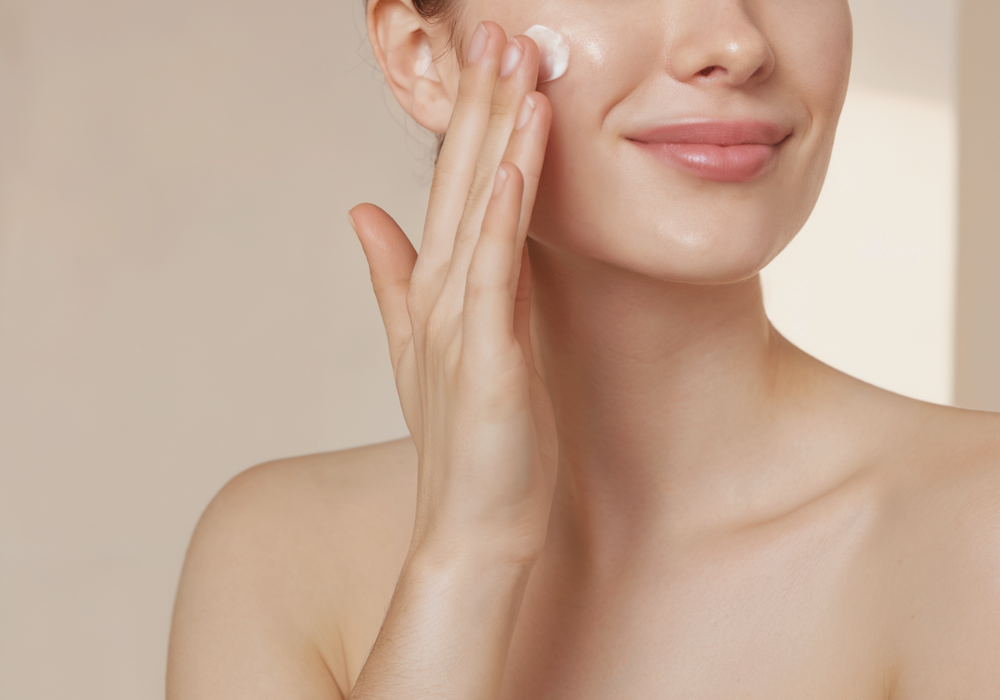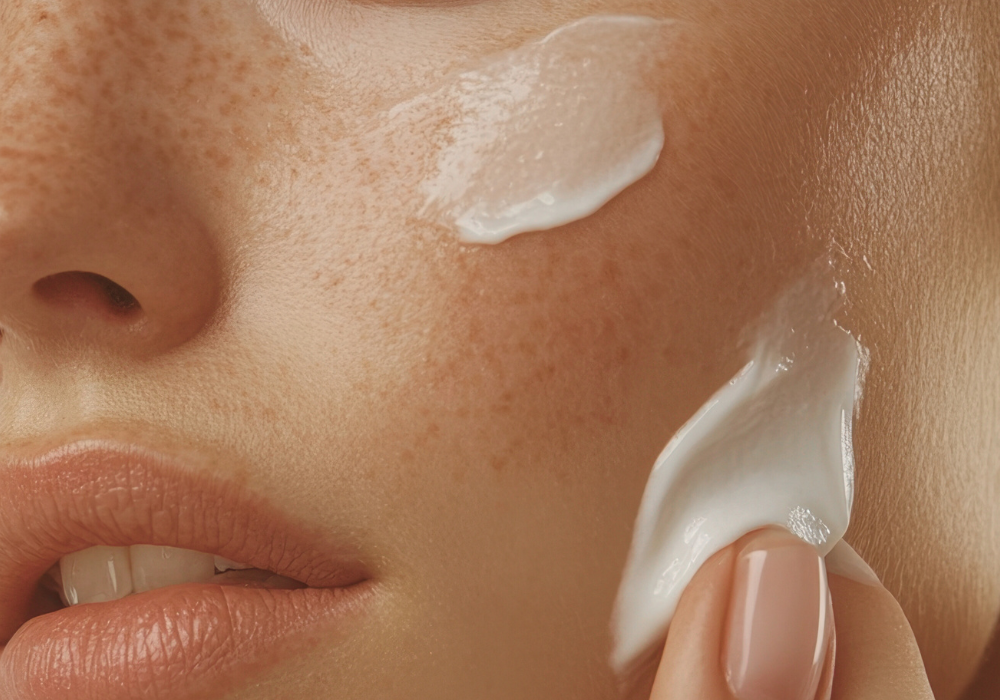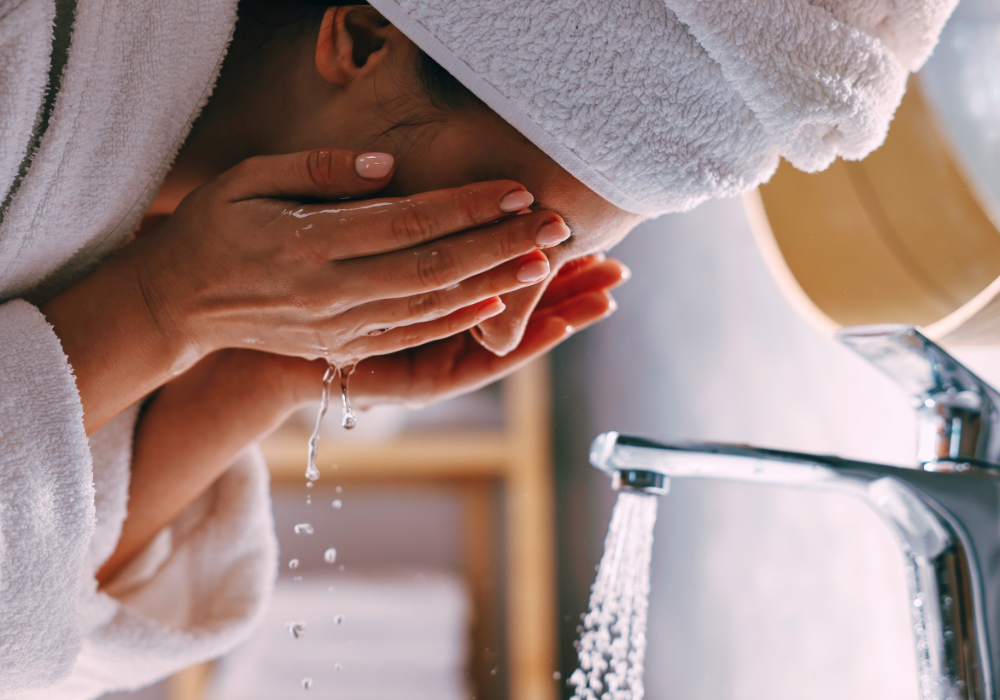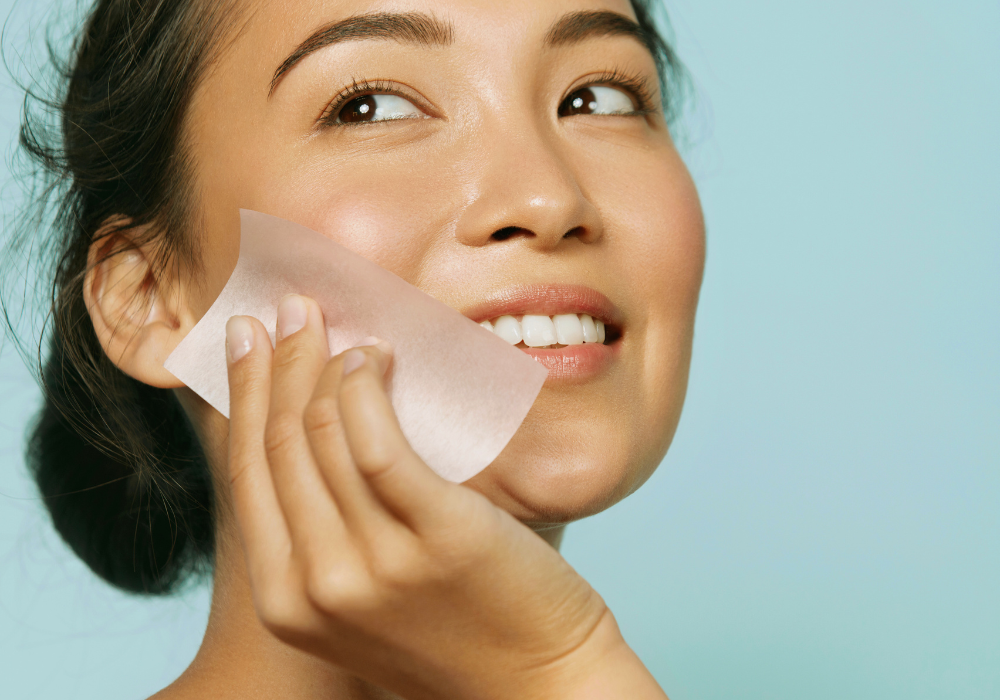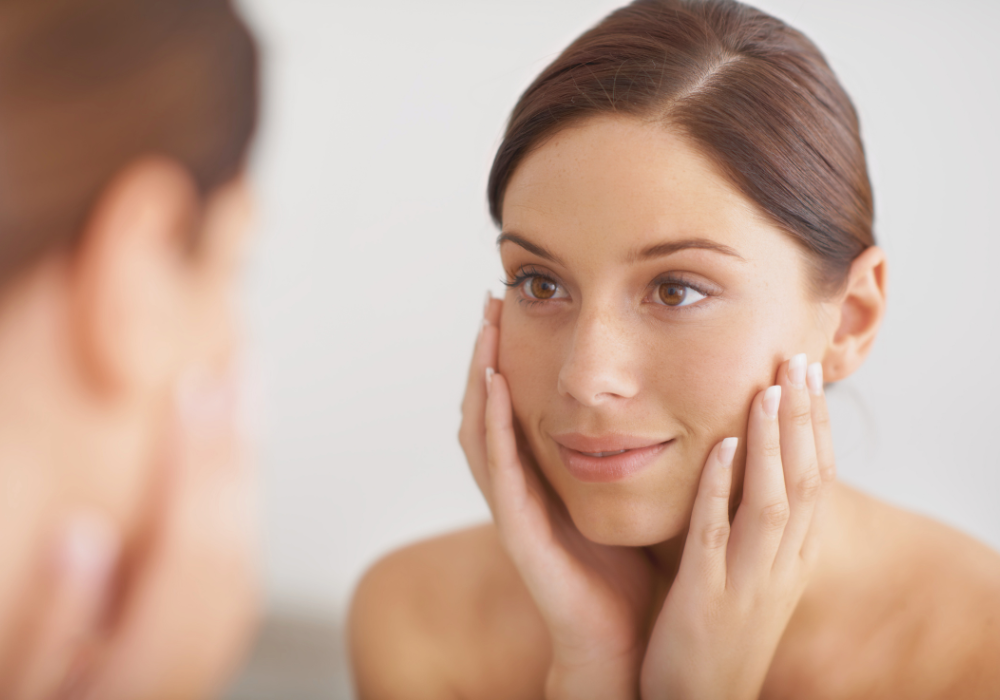Celebrity skincare might seem out of reach, but the truth is, effective routines follow the same science-backed fundamentals whether you're on a red carpet or just starting your morning. Justin Bieber has been open about his acne struggles and skincare journey, and the principles behind managing skin health apply to anyone dealing with breakouts, oily skin, or just wanting clearer, healthier-looking skin. The basics that work for celebrities—consistent cleansing, proper exfoliation, and hydration—are accessible to everyone, especially with multifunctional products that simplify your routine without sacrificing results.
Male celebrities talking openly about skincare has helped shift the conversation around men's grooming. 73% of men now use skincare products beyond basic soap, up from just 49% in 2019. That's a real change, and it reflects a broader understanding that taking care of your skin isn't vanity—it's health maintenance.
The science behind effective skincare routines isn't complicated. Your skin needs to be cleansed properly, exfoliated to remove dead cells and unclog pores, and kept hydrated to maintain barrier function. When you look past the celebrity endorsements and expensive product lines, these fundamentals remain constant. This guide breaks down what actually works, how to build a routine that fits your life, and when simpler, science-backed formulations make more sense than ten-step regimens.
Key Takeaways
-
Celebrity skincare success relies on the same dermatological fundamentals everyone can use: consistent cleansing, appropriate exfoliation, moisturization, and sun protection
-
Approximately 50 million Americans deal with acne annually—professional guidance and proven ingredients matter more than expensive brands
-
Men's skincare is growing fast, with the market projected to reach $18.9 billion by 2027, driven by increased awareness and product accessibility
-
Consistent skincare routines can improve acne by 40-70% within 12 weeks when following evidence-based protocols
-
Multifunctional products that combine cleansing, exfoliation, and hydration in one step offer both time efficiency and cost savings without compromising results
-
The biggest skincare mistakes—over-cleansing, skipping SPF, and inconsistent application—sabotage results more than product choice
Celebrity Beauty Secrets: What We Can Learn from Justin Bieber's Approach to Skincare
Celebrity skincare routines often feature high-end products and professional treatments, but the underlying principles match standard dermatological recommendations. Justin Bieber's openness about dealing with acne and managing his skin health highlights a truth many overlook: skin struggles don't discriminate based on fame or budget.
The shift toward male celebrities discussing skincare publicly has real impact. When public figures normalize skincare routines for men, it helps break down outdated stigmas around male grooming. This cultural shift matters because many people report improved self-confidence after successfully managing their skin concerns with consistent routines.
The Shift Toward Simplified Men's Skincare in Hollywood
Male celebrities increasingly prioritize streamlined routines over complex multi-step regimens. The industry trend favors multifunctional formulations that deliver multiple benefits without requiring extensive time or product knowledge.
This approach makes sense for busy schedules and frequent travel. Professional demands mean skincare needs to work efficiently—one reason why science-backed, multifunctional cleansers gain traction among professionals across industries.
Why Celebrities Prioritize Science-Backed Formulations
Celebrities have access to top dermatologists who base recommendations on clinical evidence rather than marketing trends. Professional guidance focuses on ingredients with proven efficacy: hydroxy acids for exfoliation, hyaluronic acid for hydration, and retinoids for cell turnover.
Dermatologists recommend daily broad-spectrum sunscreen as the single most effective anti-aging product. This professional consensus drives celebrity skincare choices more than brand prestige or price point.
The difference between celebrity routines and accessible skincare isn't the fundamental science—it's often the level of professional supervision and customization. But the core principles translate directly to anyone seeking clearer, healthier skin.
Building an Effective Men's Skincare Routine: The Fundamentals
Effective skincare follows a simple framework: cleanse, treat, and protect. This three-step approach addresses skin needs without unnecessary complexity or product proliferation.
Why Men's Skin Needs a Tailored Approach
Male skin differs physiologically from female skin in several measurable ways. Men typically have thicker skin, higher sebum production, and larger pores. These characteristics mean men often deal with oiliness and acne differently.
Higher testosterone levels drive increased oil production, which explains why 40-55% of adults aged 20-40 are diagnosed with persistent acne and oily skin. Managing this requires products that balance oil control with proper hydration—stripping skin completely backfires by triggering even more oil production.
Understanding your skin type matters for product selection. Combination skin needs different formulations than exclusively oily or dry skin. Most men fall into normal to oily categories, making oil management and pore refinement primary concerns.
The Three-Step Foundation Every Man Should Follow
Morning Routine:
-
Gentle cleanser to remove overnight oil and prep skin
-
Moisturizer appropriate for your skin type
-
Broad-spectrum SPF 30+ sunscreen for UV protection
Evening Routine:
-
Cleanser to remove daily buildup, sweat, and impurities
-
Treatment products if prescribed (retinoids, targeted serums)
-
Moisturizer to support overnight barrier repair
This framework keeps things straightforward while addressing fundamental skin needs. Dermatologists recommend washing twice daily and after sweating as part of effective acne management routines—a significant impact from one consistent habit.
The key is consistency over complexity. Adding ten products won't help if you can't maintain the routine. Starting with high-quality basics builds sustainable habits that actually deliver results.
Facial Routine Essentials: The Cleanser as Your Foundation Step
Your cleanser determines how well every subsequent product performs. A poor cleanser undermines expensive serums and treatments by leaving residue, disrupting pH, or compromising barrier function.
Why Your Cleanser Choice Impacts Every Product That Follows
Cleansers prep your skin for product absorption. Residue from comedogenic cleansers clogs pores, preventing treatment products from penetrating. High-pH cleansers disrupt your acid mantle, reducing barrier effectiveness and making skin more vulnerable to irritation.
The ideal cleanser removes impurities, excess oil, and daily buildup without stripping protective lipids. It should leave skin feeling refreshed, not tight or dry. Post-cleanse tightness indicates the formula is too harsh, damaging your barrier with every wash.
Cream vs. Gel vs. Foam: Which Texture Works Best
Cream cleansers typically suit dry to normal skin types. They remove makeup and impurities while maintaining moisture. Gel cleansers work well for oily skin, offering deeper cleansing without heavy residue. Foam cleansers fall in between, providing thorough cleansing with a lighter feel.
Texture preference matters less than formulation quality. A well-formulated cream cleanser won't leave greasy residue on oily skin, and a quality foam won't strip dry skin. Active ingredients and pH matter more than texture category.
Rich, creamy formulas can foam when activated with water, offering the best of both textures. This hybrid approach cleanses thoroughly while maintaining comfortable hydration.
The pH Factor in Preserving Skin Barrier
Skin's natural pH ranges from 4.5-5.5—slightly acidic, which is broadly accepted in dermatological science. This acidity supports beneficial bacteria while inhibiting harmful organisms. High-pH cleansers (7 or above) disrupt this balance, weakening barrier function and allowing moisture loss.
pH-balanced cleansing maintains skin health and reduces irritation. The Exfoliating Daily Cleanser is formulated at 4.5-5.5 pH, matching skin's natural acidity. This pH-balanced approach ensures effective cleansing without barrier disruption, prepping skin optimally for product absorption.
The formulation combines triple-action hydroxy acids (1% alpha-hydroxy acid complex, beta-hydroxy acid, 1% polyhydroxy acid gluconolactone) with charged hyaluronic acid engineered to bind more effectively to skin—a brand-specific technology designed to maintain hydration even after rinsing. Pro-vitamin B5 (panthenol at 1% concentration) soothes skin and supports barrier function during cleansing. Combined with moisture-locking natural sugars, this maintains hydration even as the cleanser removes impurities. It's TSA carry-on approved at 60ml, lasting approximately 2 months with twice-daily use.
Streamlining Your Routine: When Multifunctional Products Make Sense
Complex routines fail when they're unsustainable. Consistency matters more than product count. A simple routine you maintain daily outperforms an elaborate one you do sporadically.
The Case for Doing More with Less
Time efficiency drives routine compliance. A three-step routine takes 3-5 minutes; a ten-step routine takes 15-20 minutes. That extra time matters when you're rushing mornings or exhausted evenings.
Product layering also increases irritation risk. Each additional product introduces more ingredients, raising the chance of sensitivity or comedogenic reactions. Fewer products mean fewer variables to troubleshoot when something goes wrong.
Cost per benefit analysis favors multifunctional formulations. Three separate products at $25-35 each cost $75-105, while a single $36 product delivering all three benefits saves money while simplifying your routine.
How to Identify Truly Multifunctional Formulas
Marketing claims multifunctionality, but formulation reveals truth. Check whether active ingredients appear at effective concentrations. A cleanser claiming to exfoliate needs sufficient acid content—trace amounts buried at the ingredient list's end won't deliver results.
Note that U.S. cosmetic ingredient lists appear in descending order of predominance, though ingredients at ≤1% concentration may be listed in any order after those above 1%.
Look for complementary benefits within a single product category. A cleanser that exfoliates, removes impurities, and hydrates makes sense. A moisturizer claiming to "cleanse" probably doesn't excel at either function.
Verify that multiple benefits don't compromise primary function. An exfoliating cleanser should still cleanse effectively.
Building a Carry-On Compatible Kit
TSA liquid restrictions limit carry-on bottles to 100ml. A 60ml cleanser fits easily and lasts approximately 2 months with twice-daily use. This size works perfectly for both travel and daily use—no need for separate travel sizes.
Multifunctional products reduce bottle count. Instead of packing cleanser, exfoliant, and toner (three bottles), pack one product handling all three functions. You'll still have room for moisturizer and sunscreen within TSA limits.
Subscribe and save programs ensure you don't run out between shipments. At $28.80 per 60ml bottle delivered every 8 weeks, you maintain consistent supply without emergency drugstore runs or compromising your routine during travel.
Frequently Asked Questions
How long does it take to see results from a consistent skincare routine?
Visible results typically appear within 4-8 weeks, with optimal results at 12 weeks due to skin's natural cell turnover cycle of 28-40 days. Improved texture and hydration show within 1-2 weeks; reduced breakouts by weeks 4-8. Patience matters—take weekly photos to track gradual progress objectively.
Can you use the same skincare products morning and night?
Yes, many products work well both AM and PM, particularly gentle cleansers and basic moisturizers. The main difference is sun protection—sunscreen belongs exclusively in morning routines. Evening routines can include stronger treatments like retinoids that shouldn't be worn during sun exposure. Ensure your cleanser doesn't cause tightness or dryness.
Do expensive celebrity-endorsed skincare products work better than affordable options?
Not necessarily—efficacy depends on active ingredient concentrations and formulation quality, not price or celebrity endorsement. Drugstore products often contain the same actives as luxury brands. Focus on ingredient lists and concentrations rather than brand prestige. Multifunctional products offering multiple benefits often provide better value than single-purpose luxury items.
Should you see a dermatologist or try over-the-counter products first?
For mild acne, start with quality over-the-counter products for 8-12 weeks. However, moderate to severe acne, persistent breakouts despite consistent treatment, or concerns affecting confidence warrant professional evaluation sooner. Dermatologists access prescription-strength treatments that work more effectively for persistent issues than OTC options alone.
Is it necessary to use products specifically marketed to men?
No—effective skincare relies on matching products to your skin type and concerns, not gender marketing. Men often prefer lightweight textures and may need stronger oil control, but these are skin type preferences, not gender requirements. Choose products based on ingredients, pH balance, and your specific skin concerns rather than packaging gender.


